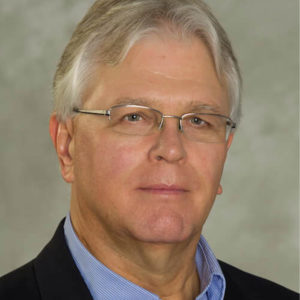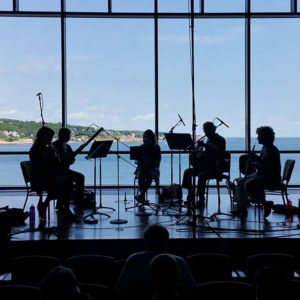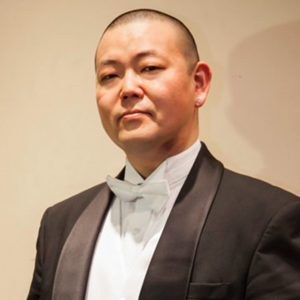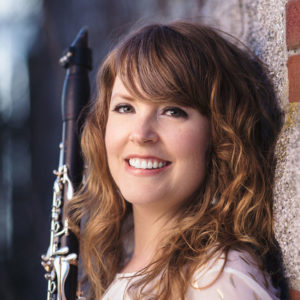High Voltage Chamber Music
Jan Järvlepp composer
Sirius Quartet
Arcadian Winds
Jae Cosmos Lee
Navona Records proudly presents HIGH VOLTAGE CHAMBER MUSIC, the latest album from composer Jan Järvlepp. Following close on the heels of CONCERTO 2000 and FLIGHTS OF FANCY, Järvlepp carries forward the momentum with this newest release. Featured on the album is String Quartet No. 1, the composer’s first full-length string quartet—an important milestone for any composer. The album also features a couple of Järvlepp’s quintets, both of which undoubtedly live up to the album’s title. In the midst of a global health crisis, HIGH VOLTAGE CHAMBER MUSIC comes as an exhilarating triumph in the midst of adversity—a triumph to be enjoyed by listeners everywhere.
Listen
Stream/Buy
Choose your platform
"Hear this one out by all means."
"The performances by the Sirius Quartet are "high voltage" indeed, as the album's title promises"
Track Listing & Credits
| # | Title | Composer | Performer | |
|---|---|---|---|---|
| 01 | Quintet 2003: I. Fancy Fiddling | Jan Järvlepp | Sirius Quartet | Fung Chern Hwei, violin; Gregor Huebner, violin; Ron Lawrence, viola; Jeremy Harman, cello; Jae Cosmos Lee, violin | 7:08 |
| 02 | Quintet 2003: II. Confession | Jan Järvlepp | Sirius Quartet | Fung Chern Hwei, violin; Gregor Huebner, violin; Ron Lawrence, viola; Jeremy Harman, cello; Jae Cosmos Lee, violin | 9:18 |
| 03 | Quintet 2003: III. More Fancy Fiddling | Jan Järvlepp | Sirius Quartet | Fung Chern Hwei, violin; Gregor Huebner, violin; Ron Lawrence, viola; Jeremy Harman, cello; Jae Cosmos Lee, violin | 6:22 |
| 04 | Woodwind Quintet: I. Rollercoaster | Jan Järvlepp | Arcadian Winds | Vanessa Holroyd, flute & alto flute; Jennifer Slowick, oboe & english horn; Rane Moore, clarinet; Clark Matthews, french horn; Janet Underhill, bassoon | 6:23 |
| 05 | Woodwind Quintet: II. Solitude | Jan Järvlepp | Arcadian Winds | Vanessa Holroyd, flute & alto flute; Jennifer Slowick, oboe & english horn; Rane Moore, clarinet; Clark Matthews, french horn; Janet Underhill, bassoon | 6:07 |
| 06 | Woodwind Quintet: III. Pyrotechnics | Jan Järvlepp | Arcadian Winds | Vanessa Holroyd, flute & alto flute; Jennifer Slowick, oboe & english horn; Rane Moore, clarinet; Clark Matthews, french horn; Janet Underhill, bassoon | 3:27 |
| 07 | Bassoon Quartet: I. Cadillac | Jan Järvlepp | Janet Underhill, bassoon 1; Meryl Summers, bassoon 2; Naho Zhu, bassoon 3; Susie Telsey, contrabassoon & bassoon | 5:50 |
| 08 | Bassoon Quartet: II. Reaching | Jan Järvlepp | Janet Underhill, bassoon 1; Meryl Summers, bassoon 2; Naho Zhu, bassoon 3; Susie Telsey, contrabassoon & bassoon | 6:47 |
| 09 | Bassoon Quartet: III. Jig | Jan Järvlepp | Janet Underhill, bassoon 1; Meryl Summers, bassoon 2; Naho Zhu, bassoon 3; Susie Telsey, contrabassoon & bassoon | 3:26 |
| 10 | String Quartet No. 1: I. Confrontation | Jan Järvlepp | Sirius Quartet | Fung Chern Hwei, violin; Gregor Huebner, violin; Ron Lawrence, viola; Jeremy Harman, cello; Jae Cosmos Lee, violin | 5:54 |
| 11 | String Quartet No. 1: II. Contemplation | Jan Järvlepp | Sirius Quartet | Fung Chern Hwei, violin; Gregor Huebner, violin; Ron Lawrence, viola; Jeremy Harman, cello; Jae Cosmos Lee, violin | 10:46 |
| 12 | String Quartet No. 1: III. Skating | Jan Järvlepp | Sirius Quartet | Fung Chern Hwei, violin; Gregor Huebner, violin; Ron Lawrence, viola; Jeremy Harman, cello; Jae Cosmos Lee, violin | 6:03 |
QUINTET 2003 & STRING QUARTET NO. 1
Recorded January 18-19, 2021 at Oktaven Audio, Mount Vernon NY
Session Producer, Editing & Mixing Brad Michel
Session Engineer Ryan Streber
Assistant Engineer Edwin Huet
WOODWIND QUINTET
Recorded January 28, 2019 at Futura Productions in Roslindale MA
Session Engineer John Weston
Session Producer John Page
Assistant Engineer Travis Karpak
BASSOON QUARTET
Recorded January 29, 2019 at Futura Productions in Roslindale MA
Session Producer John Page
Session Engineer John Weston
Assistant Engineer Travis Karpak
Mastering Brad Michel
Photos used in cover art by Phillip Mirsky, Claudette Bockstael, Douglas Brierley, and Tan Choo Harn
General Manager of Audio & Sessions Jan Košulič
Recording Sessions Director Levi Brown
Audio Director, Editing & Mixing (4-9) Lucas Paquette
Production Assistant Martina Watzková
Executive Producer Bob Lord
Executive A&R Sam Renshaw
A&R Director Brandon MacNeil
VP, Design & Marketing Brett Picknell
Art Director Ryan Harrison
Design Edward A. Fleming
Publicity Patrick Niland, Sara Warner
Artist Information

Jan Järvlepp
Composer Jan Järvlepp creates a genuine European/American musical fusion by combining the excitement of rock and jazz rhythms with the large-scale classical structures found in orchestral and chamber music. The seriousness of his well-thought-out forms and the immediacy of contemporary rhythmic and melodic ideas make a potent brew that is appealing to both open-minded classical listeners and pop music listeners who are searching for something new.

Sirius Quartet
Sirius Quartet combines exhilarating repertoire with unequaled improvisational fire. These conservatory-trained performer-composers shine with precision, soul and raw energy, championing a forward-thinking, genre-defying approach. Since their debut concert at the original Knitting Factory in New York City, Sirius has played some of the most important venues in the world, including Carnegie Hall, Lincoln Center’s Alice Tully Hall, the Beijing Music Festival, the Cologne Music Triennale, the Beethoven-Haus Bonn, Stuttgart Jazz, Musique Actuelle in Canada, the Taichung Jazz Fest — Taiwan’s biggest jazz event — and many others.

Arcadian Winds
Arcadian Winds was founded at Boston University in 1987. Originally a woodwind trio consisting of flute, clarinet, and bassoon, the ensemble expanded to a wind quintet in 1989. Since its formation, Arcadian Winds has premiered almost 50 new works and championed many others. With a strong commitment to education, the group has brought chamber and contemporary music into the public, private and community schools in the Boston Area.

Jae Cosmos Lee
American violinist Jae Cosmos Lee, who’s performances have been acclaimed as “Delicate and beautiful,” (Syracuse Post-Standard) and “Bursting with color,”(Boston Globe) is Concertmaster of the Cape Symphony in Cape Cod MA, and co-founder of A Far Cry, the GRAMMY nominated, resident chamber orchestra of the Isabella Stewart Gardner Museum in Boston. He is also Curator & Director of the Nth Degree Chamber Music Series based in Falmouth MA, first violinist of the Boston-based Pedroia String Quartet, and the Associate Concertmaster of the Boston Philharmonic Orchestra.

Rane Moore
Clarinetist Rane Moore is well-regarded for her thoughtful, provocative interpretations of standard and contemporary repertoire. Fiercely devoted to the new music communities of the East Coast and beyond, Moore is a founding member of the New York based Talea Ensemble which regularly gives premieres of new works at major venues and festivals around the world. Moore has recently joined the award winning wind quintet, The City of Tomorrow, and is also a member of Boston’s Callithumpian Consort and Sound Icon.
